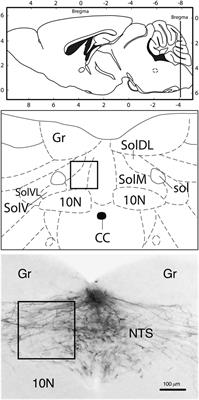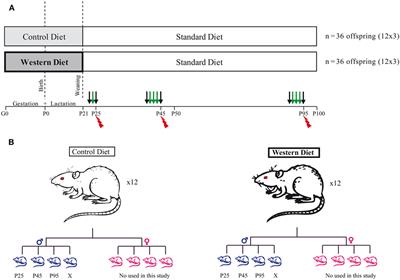ORIGINAL RESEARCH
Published on 13 Apr 2018
Neonatal Overnutrition Increases Testicular Size and Expression of Luteinizing Hormone β-Subunit in Peripubertal Male Rats

doi 10.3389/fendo.2018.00168
- 2,138 views
- 1 citation
10k
Total downloads
62k
Total views and downloads
Select the journal/section where you want your idea to be submitted:
ORIGINAL RESEARCH
Published on 13 Apr 2018

ORIGINAL RESEARCH
Published on 28 Nov 2017

MINI REVIEW
Published on 07 Nov 2017

REVIEW
Published on 25 Sep 2017
ORIGINAL RESEARCH
Published on 29 Aug 2017

ORIGINAL RESEARCH
Published on 21 Jul 2017

ORIGINAL RESEARCH
Published on 15 Dec 2016


Frontiers in Neuroscience